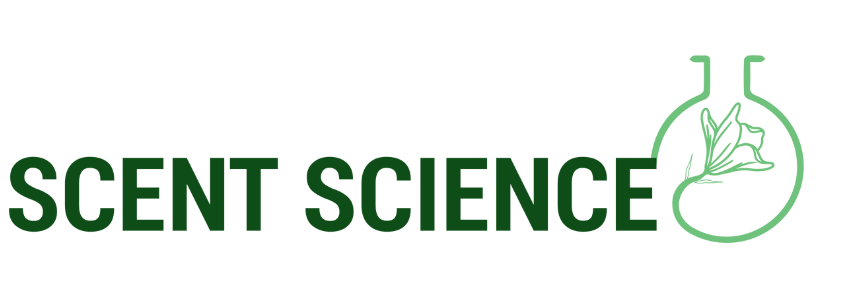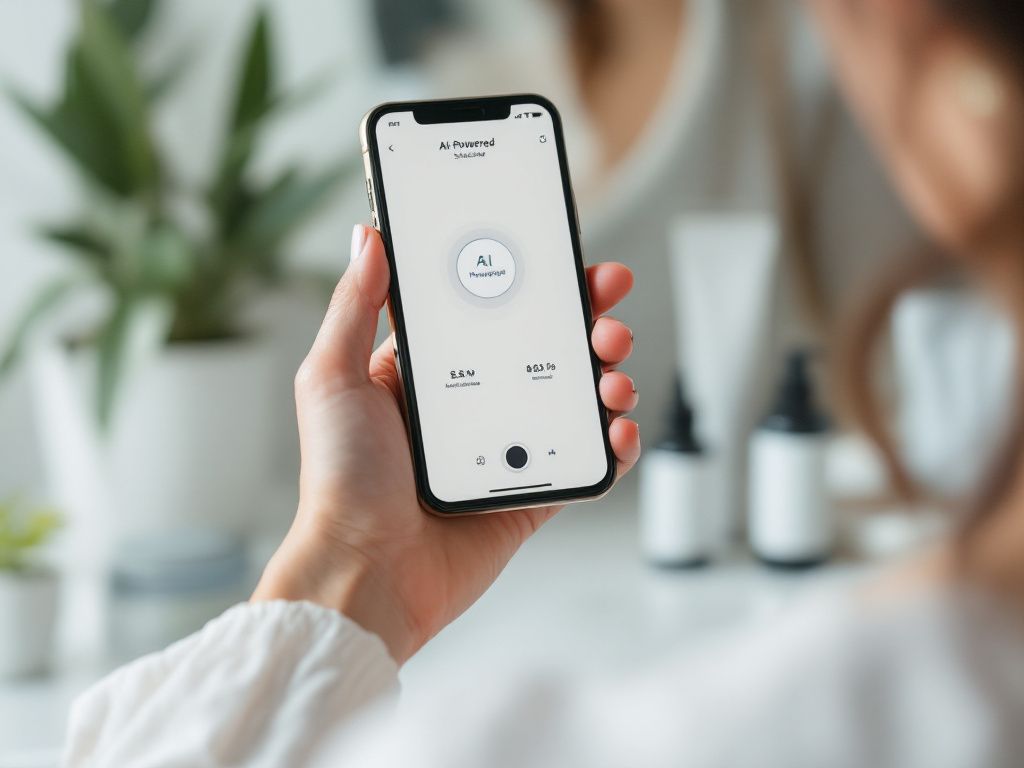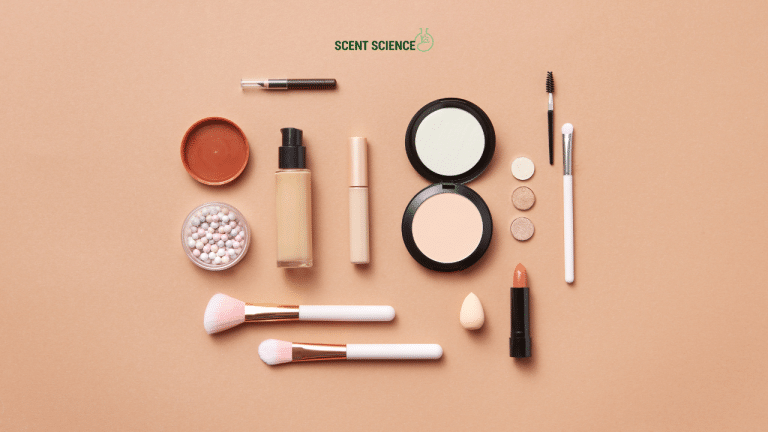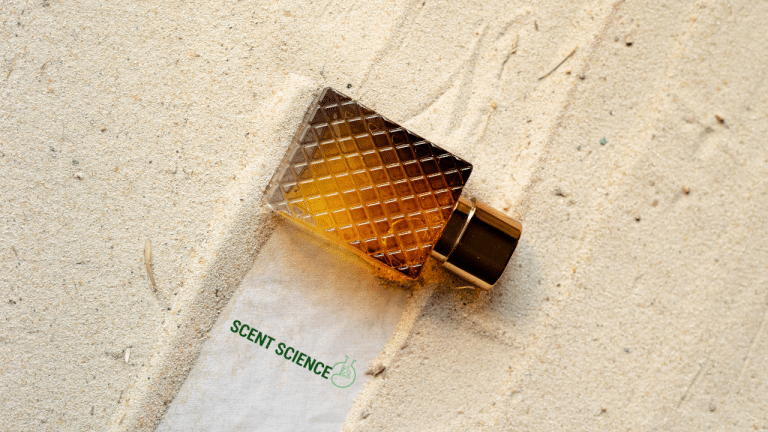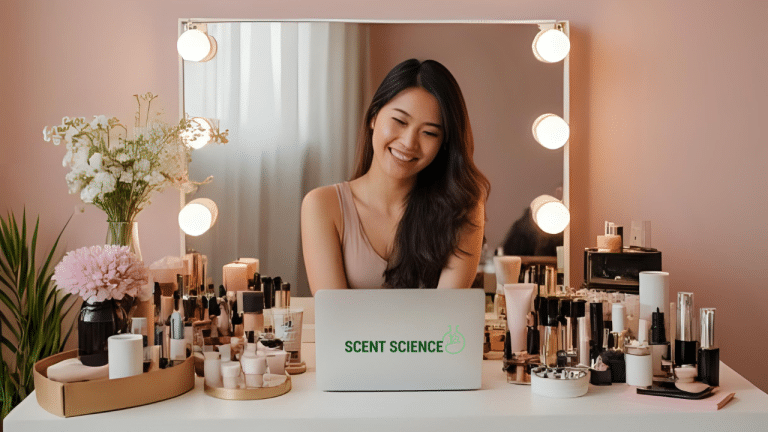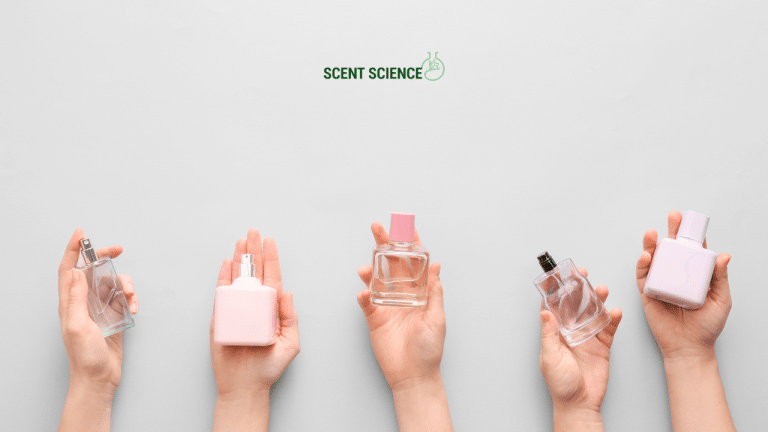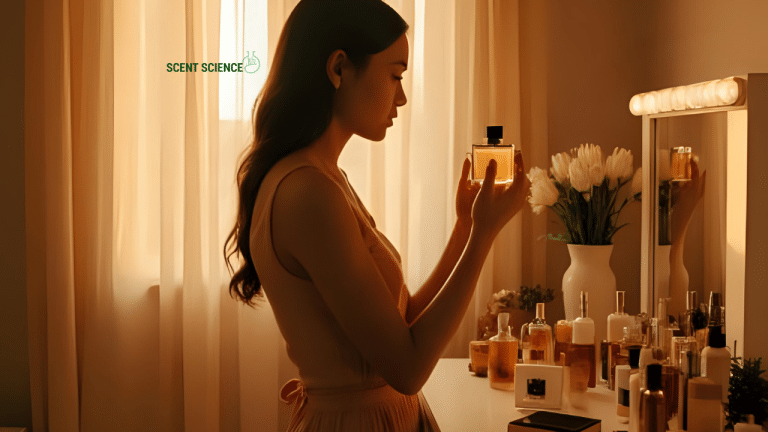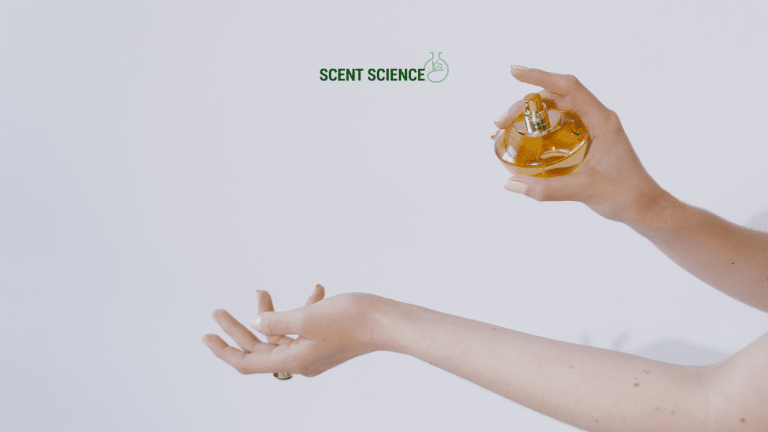Hey, quick question—how much time do you spend picking out skincare products? And do you ever look at your overflowing bathroom shelf and think, “Wow, why did I buy this green tea scrub that smells like grass?” Yeah, you’re not alone. Navigating the skincare aisle can feel like wandering into a jungle, and let’s be real, the guides (a.k.a. mystifying ingredient labels) aren’t exactly helping. That’s where AI personalized skincare routines step in, making your skincare search more Peggy Olson and less Mad Men chaos.
Table of Contents
ToggleThe Puzzle of Skincare: Solved by AI
Alright, let’s dig right in. Traditional skincare advice boils down to this: “Know your skin type, then match it to a product.” Except, it’s not that simple. It never is, right? Our skin has its little mood swings and reacts differently day in and day out. Dry one day, oily the next, breaking out for no clear reason the day after that. Enter AI personal skincare—a way that claims to finally make sense of the madness by tapping into big-brain technology designed to understand your skin on a more nuanced level.
See, AI (Artificial Intelligence, if that wasn’t clear) can sort through mountains of data fast enough to make the rest of us look like we’re still buffering. It analyzes skin like a seasoned dermatologist, factoring in concerns like wrinkles, hydration levels, oiliness, and even pores. AI doesn’t just take your statements at face—pun very much intended—value. It uses data from hundreds, sometimes thousands, of sources like photos or skin questionnaires you can complete online.
How AI Personalizes Your Skincare
AI personalized skincare routines are all about you. The system first gathers information. This step is a bit like filling out a personality quiz, only less “Which Taylor Swift song are you?” and more “What is your skin up to lately?” This could involve uploading selfies or answering questionnaires about your concerns: dryness, acne, redness—hey, it’s all up for discussion here. Once the data is in, AI analyzes it against a backdrop of dermatological knowledge.
Key Benefits of AI Skincare
- Accuracy: AI sifts through your information to create a profile more tailored than a bespoke suit.
- Updates: Unlike static products, AI routines adapt. Skin changes with the weather, lifestyle, and stress—AI considers all that on the fly.
- Curated Recommendations: You aren’t left hanging. AI gives specific product suggestions or ingredients to look for, which saves you time (and cash).
Putting AI Into Practice

Let’s say you’re tired of waking up surprising yourself with blotchy skin, suspecting your moisturizer moonlights as a skin foe overnight. AI applications, through apps or skincare companies, bring you routines you might actually stick to—none of this trying ten Pinterest hacks that leave you frustrated and still incumbent in dark circles.
What Do These Applications Do?
AI services harvest your data—say, late-night stress pimples or post-sunnies tanlines—and analyze it by plugging into databases of clinical trials and verified dermatological studies. They’ll create a plan that optimizes your skin healthier. Think of it as this very chill, non-judgmental friend who gives you tailored advice leading to tangible results.
- Product Understanding: AI breaks down what those 16-syllable names mean—a bit like turning academic jargon into human talk.
- Routine Building: Weekly updates. Product swap suggestions. Seasonal strategies. It’s like a roadmap, only for your skin journey.
Why Make AI Part of Your Skincare Routine?
There’s a win-win lurking here: personalized advice that evolves with your complexion and body chemistry makes real improvements *without* making you crazy tracking multiple creams and serums that have so far gifted nothing more than buyer’s remorse.
Benefits at a Glance:
**Custom Recommendations:** Different strokes for different folks?—Yeah, AI knows this. **Convenience:** No more crowded Spanish missions for skincare aisle battle plans; your peace of mind, shipped! **Scientifically Backed:** Hydra-oats mineral cream that on Internet forums would sound like a myth comes made-to-order via AI data.

The Technology Behind AI Personalized Skincare Routines
Delving into the nerdy bits for a hot sec. How does AI power this ultra-modern skin nurture journey? Big data and machine learning, the favorite darlings of tech geeks. The processing involves neural networks that mimic human brain processes, leveraging algorithms to understand skin patterns and requirements.
AI Tools and Techniques:
- Image Recognition: Apps use this to analyze skin condition from pictures.
- Natural Language Processing: Understands questionnaires or your inputs.
- Predictive Analytics: Uses data to forecast your skin’s future needs.
Embracing AI Skincare Without Losing the Human Touch
For those thinking this all tech talk sounds a bit clinical, hang on. Don’t worry, AI doesn’t mean an end to organic, feel-good, holistically inclined practices. In fact, it can provide insights ensuring your plant-based serums and calming balms actually hit the mark they’re intended for rather than working against you.
Ultimately, your AI personalized skincare routine can positively triumph—bridging your dream world between comprehensive products and mesmerizing results that arise not from trial-and-error but from sound science. A solution that could very well make it feel like less of a maze selection, more an exhibit curated exactly for you.
Incorporating AI Skincare in Everyday Life

Imagine these AI services as your secret beauty consultants allowing you more lavender bath time knowing they’re silencing skincare chaos. Using one of these tools isn’t committing an allegiance forever—they liberate you by expanding your choices wisely (not just by whim).
**Getting Started With AI Skincare: A Quick Check-List**
- Identify Main Concerns: Hydration, Acne, Pigmentation—note them down.
- Choose an AI Provider: Look for options that seem trustworthy and well-reviewed.
- Follow the Process: Answer questionnaires or upload any required selfies.
- Review Recommendations: Examine what comes back and plan your buys accordingly.
Feelings First, Tech Later
Feeling better in your skin is first; the tech comes in handy to make that leap feasible. A gentle nudge, though—always bear in mind our skins are each distinct marvels—not every AI interpretative snippet will be spot-on without adjustment.
The Future: AI and Beyond
So we’ve walked through how AI and skincare mix like PB&J—we can’t stop there. Picture this takeaway: future advancements can identify dynamism and surprising variables like lifestyle factors or geographic particulars affecting your skincare, sweetening possibilities yet to unfold.
For now, the best we can do is loop into it, letting AI bring practical balance, considering there’s definitely no shortage of glossy ads making miracles get-up-look-easy. Quick reminder, though: keep realistic expectations and test patch everything new. Bet snuggling into this AI personalized skincare routine feels like finding a comfy new knit you weren’t aware you craved.
In closing skepticism: if you’ve wondered whether efficient skincare can feel luxurious *and right*—test this AI revolution. See if it doesn’t nudge the needle toward massive gains.
Frequently Asked Questions
What are the benefits of using a hair mask in my hair care routine?
Using a hair mask can provide several benefits, including hydration, smoothing, strengthening, curl definition, heat protection, and damage repair. Hair masks infuse the hair with moisture, help coat the hair shaft to seal split ends, reduce breakage, and protect the hair from heat styling and environmental damage[1][4].
What ingredients should I look for in a hair mask?
Effective hair masks often include ingredients such as coconut oil, argan oil, shea butter, honey, avocado oil, green tea, and coconut water. These ingredients provide nourishment, moisturize, and protect the hair, offering benefits like softening, moisturizing, and protecting against damage[2][5].
How often should I use a hair mask in my routine?
You should use a hair mask whenever your hair feels dry, unmanageable, or in need of intense hydration. This can vary depending on your hair type and needs, but generally, using a hair mask once or twice a week can help maintain healthy and moisturized hair[1][4].
How do I apply a hair mask for the best results?
To apply a hair mask effectively, shampoo your hair first, then apply the mask, focusing especially on the ends where hair tends to be the most damaged. Leave the mask on for anywhere from 10 minutes to overnight, depending on the type of mask and your hair’s needs[1][4].
References